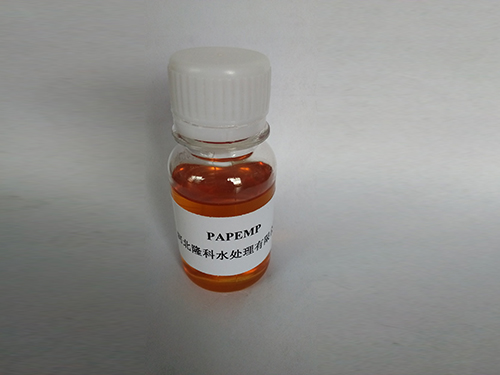diethylenetriamine penta methylene phosphonic acid
Diethylenetriamine Penta Methylene Phosphonic Acid An Overview
Diethylenetriamine penta methylene phosphonic acid (DTPMPA) is a polyphosphonic acid that has gained attention in various industrial applications due to its remarkable chelating properties and effectiveness as a scale inhibitor. This compound, characterized by its five phosphonic acid groups, is widely used in water treatment, metal surface treatment, and other sectors requiring corrosion and scale management.
Chemical Structure and Properties
DTPMPA is synthesized from diethylenetriamine, a tri-functional amine, through a series of reactions that introduce phosphonic acid groups into the molecular framework. This structure allows DTPMPA to effectively bind to metal ions, preventing precipitation and buildup that can occur in environments with high mineral content. The diverse functional groups present in DTPMPA contribute to its unique ability to interact with various cations, including calcium, magnesium, and heavy metals.
In addition to its chelating abilities, DTPMPA is also recognized for its stability across a wide range of pH levels, making it suitable for use in both acidic and alkaline conditions. Such stability is vital for applications in industries where fluctuations in pH and temperature are common.
Applications of DTPMPA
1. Water Treatment One of the primary uses of DTPMPA is in water treatment processes. Its effectiveness as a scale inhibitor helps to prevent the formation of calcium and magnesium scales in cooling systems, boilers, and other water-handling equipment. By mitigating scale buildup, DTPMPA enhances operational efficiency and extends the lifespan of industrial equipment.
diethylenetriamine penta methylene phosphonic acid

2. Oil and Gas Industry DTPMPA is also utilized in the oil and gas sector as a chemical agent to reduce corrosion and scale formation in pipelines. This is particularly important in enhancing oil recovery methods, where the presence of minerals can create significant challenges.
3. Textile and Dyeing Industries In textile processing, DTPMPA is employed to control water hardness and prevent the formation of insoluble salts during dyeing processes. Its ability to stabilize metal ions ensures that fabrics retain vibrant colors without the interference of mineral deposits.
4. Detergent Formulations DTPMPA serves as a builder in various detergent formulations, enhancing the detergents' performance by binding to hardness ions and preventing them from interfering with cleaning efficacy.
Environmental Considerations
While DTPMPA offers numerous benefits in industrial applications, environmental concerns regarding phosphonic acids must be addressed. The significant accumulation of phosphonates in water bodies can lead to ecological imbalances. Consequently, manufacturers and users are increasingly focused on developing biocompatible and biodegradable alternatives or ensuring that their use remains within regulated limits.
Conclusion
Diethylenetriamine penta methylene phosphonic acid is a versatile and effective agent in managing water quality and industrial processes. Its ability to inhibit scale formation and corrosion makes it invaluable across various industries, particularly in water treatment and oil recovery. However, as with any chemical compound, it is essential to balance its industrial benefits with potential environmental impacts. Ongoing research and development in the field aim to refine its applications and mitigate any adverse effects, ensuring that DTPMPA remains a sustainable choice for industrial use. As industries evolve, the demand for effective and environmentally friendly solutions will continue to drive innovation in phosphonic acid applications.
-
LK-319 Special Scale And Corrosion Inhibitor For Steel Plants: Advanced Solutions for Industrial Water SystemsNewsAug.22,2025
-
Flocculant Water Treatment: Essential Chemical Solutions for Purification ProcessesNewsAug.22,2025
-
Isothiazolinones: Versatile Microbial Control Agents for Industrial and Consumer ApplicationsNewsAug.22,2025
-
Scale Inhibitor: Key Solutions for Water System Scale PreventionNewsAug.22,2025
-
Organophosphonates: Versatile Scale Inhibitors for Industrial Water SystemsNewsAug.22,2025
-
Scale and Corrosion Inhibitor: Essential Chemical Solutions for Water System MaintenanceNewsAug.22,2025





